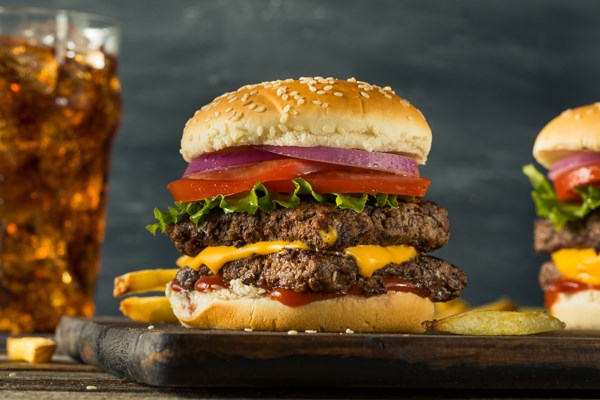I have always been a pretty big guy. My whole life I was taller and bigger than most and living that way has had its perks and disadvantages, but when my kids came into my life I decided I didn’t want to be that big guy anymore – I made a life change.
I went to a dietitian, changed my eating habits and exercised more. I ended up losing about 60 kilograms (132 pounds) in about a year and a half.
However, coming back to Canada hasn’t been all that great for my waistline. I never knew that within a decade there’d be almost 125 different kinds of chip flavours, and, of course, I have to try them all. Oh, and don’t get me started on all the assortments of candies, gummies, licorice and all the other pure sugar treats available as well. Well, I finally got myself under control – I’m back on the wagon – and I’m doing the same things that have worked for me before.
Even though there’s a plenitude of junk at the grocery store, rest assured there’s also a variety of great nutritious food readily available. Obviously, if you’re looking to make a healthier choice you’ll need to decipher nutritional labels – but this is where I’ve noticed a few things.
It’s absolutely perplexing how we’ve got a load more sugar in our foods here. My kids’ favourite cereal – same brand, same type – has 10 grams of sugar per serving, while in the Middle East (the cereal is prepared in the U.K.) only has 7.5 grams per serving. Even the colours are more vibrant here – it’s like they’ll glow in the dark in comparison to the same stuff over there.
Milk over there has 4.5 grams of sugar per serving, while here it’s 12 grams. It’s also been driving me crazy trying to find any yogurt with no sugar in its contents (I’ve finally found one brand), while had many options over there. I’ve asked friends to send me pics of food labels and a good majority of comparable products have less sugar over there. (I’d also like to note that sodium and fat levels are much higher here as well, but vitamin levels are also higher in our food).
Now I’d like to tread carefully into the gluten-free food that is readily available everywhere here. This is all new to me. There are no gluten-free foods over there – virtually none. Now, I do not want to defend or vilify people’s dietary choice over gluten, but what I find surprising is how many people I’ve met here who have some form of allergy to it.
Bread is a staple food in the Middle East; they eat bread all the time as everything is very “carbo-licious,” but gluten allergies are unheard of. I have one friend, who’s originally from Seattle, with a gluten allergy and it perplexes doctors over there; “What? You can’t eat bread? You can’t be serious?”
This just reinforces the notion that we should be aware of what we eat and make better food choices, especially since companies prepare their products differently for other markets around the globe – getting more sugar and additives, whereas other markets do not, is a tad too worrisome for my taste.
- Originally a ӣ����Ƶresident, Marcus Monopoli left for the Middle East in 2008 for radio gigs in Egypt and Oman. He moved back last summer.




